Total War: Rome II Review
They say that all roads lead to Rome, which is perhaps why The Creative Assembly have found their way back there after a nine year journey. Of the many settings in the Total War games, from feudal Japan to the 18th century colonial period, none have had the impact of the original Rome: Total War.
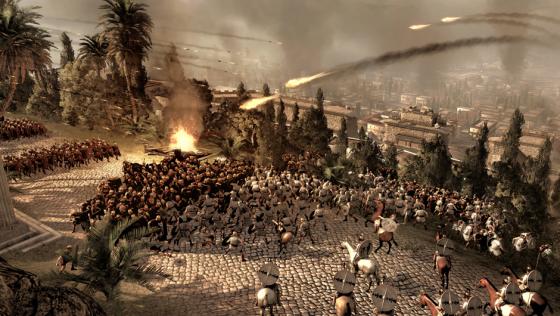
Despite there being a further four Total War games in the nine years following its release (or five if you include the Fall of the Samurai standalone 'expansion' for Shogun 2), Rome: Total War has been consistently held in high regard as a fan favourite. The number and variety of military units and cultures within the period certainly appeals to gamers on a strategic level, but there is also something about that point in history that people can just instantly relate to and understand.
It's easy to see why. Roman history pervades our society, from history lessons to movies. It's even common practice within the games industry to use Roman numerals in the titles of game sequels (e.g. Grand Theft Auto V, Call of Duty: Black Ops II), as opposed to the Arabic numeral system that we use for pretty much everything else in Europe and America.
Given the success of Rome: Total War, returning the franchise to this setting for a true sequel is The Creative Assembly's biggest challenge. They have a passionate and demanding fan base to appease and a previous title in the bank that sets the bar extremely high. Yes, Total War: Rome II has a lot to live up to in order to keep the fans happy.
For the most part, it will. Rome II succeeds admirably in capturing both the spirit of Rome and the essence of Total War in its style and gameplay. While the game is instantly recognisable as a Total War experience, there have also been a number of new features introduced; some of which will be welcomed whole-heartedly and some of which will be divisive in their introduction.
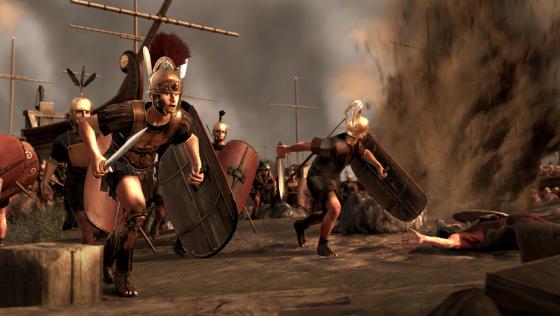
The premise behind the core gameplay is unchanged, but can be summed up quickly for those new to the franchise.
A single-player campaign in Total War: Rome II is divided between two very different elements. Firstly, you have a large campaign map, detailing a significant chunk of the ancient world, which is dominated by a large number of factions each seeking to make a name for themselves. This is the home of the turn-based strategy element, where you will manage your cities, engage in diplomacy, build and move armies, conduct research and generally manage the day-to-day of your fledgling empire.
The second game mode occurs when two armies or navies collide, or when a city comes under siege. This opens up a real-time battle, in which you must control up to several thousand troops and attempt to crush your enemy using strategy, cunning, strength of numbers, or whatever else you have up your sleeve to give you the edge.
The first part of any Total War game is deciding which faction to play as, and Rome II has a number of very different factions to choose from. Obviously, Rome is a favourite with her Latin culture, strong starting position and legions of heavy infantry. However, many powerful factions such as Carthage, Macedon, Egypt and more are available.
As with previous games, faction choice has an impact in the way a game plays out as each has unique units and a different play style. However, this is more so pronounced in the Roman setting than it is in any of the other Total War time periods. Commanding a Roman Legion is an entirely different task than leading a Barbarian horde, or a force of Greek Hoplites. Gameplay is different outside battles too, with each faction having specific bonuses and varied political systems (which we'll come back to).
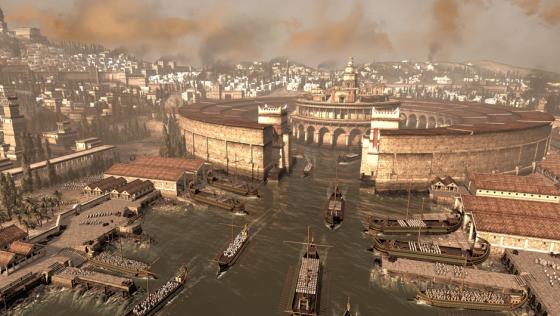
The campaign map in Rome II is larger than ever before in a Total War game, with the number of controllable settlements being well in excess of that offered by any previous game in the franchise. While this may seem like it could become too much to manage, steps have been taken to reduce the level of micromanagement required to keep your empire in good health.
The primary change in this regard is the introduction of the multi-region provinces. Each province contains between two and four settlements, and management is now undertaken on a province-wide level, rather than having to control every single settlement individually.
Construction in each region within a province is handled on one area, and most buildings have province-wide effects. In addition, factors like public order, income and taxation are also handled province-wide. Of course, a single province may be shared by multiple factions, so you only get the benefit of the part you control, but gaining control of every region within will give you a boost by allowing you to issue edicts; effects which provide substantial buffs in a multitude of different ways.
The effect of provinces has a significant impact on the way management is handled, and those familiar with previous Total War titles may have a hard time adjusting to the change; especially when it comes down to finding where to seek important information from. However, once the initial learning curve is tackled, this system proves easier, quicker and more efficient than ever before, allowing a suitable level of micromanagement while freeing up time to concentrate on your wider strategic goals.
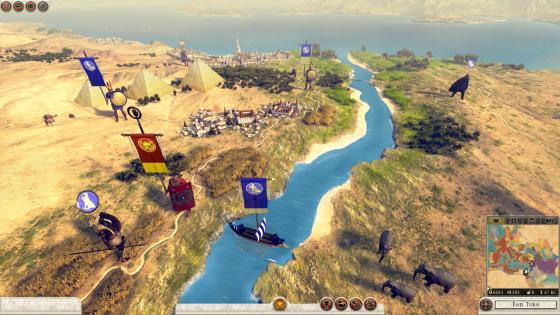
Also new is faction politics, which can vary dependent on which faction you play. If playing as Rome, for example, you will control one of three noble houses, each of which has a certain amount of influence within the senate. Generals and Admirals you recruit can come from one of these houses, or from the generic 'other houses', or house members can be 'Statesmen', who are non-controllable but can still gather influence.
By performing well for their country, for example by regularly winning battles or capturing territories, these individuals gain further influence for their party and the balance of power can be manipulated. You can direct this by giving your house members strong armies and good campaigns, while giving rivals poor commands, which will increase your overall influence in the senate. Alternatively you can try and keep things balanced. If the balance shifts too much in your favour, or if your house becomes too weak, then civil war is a potential outcome.
Unfortunately, this system is not as deep as it sounds, nor is it simple to grasp. In all, it feels like an unnecessary distraction from the main action of running your faction, but one that cannot be ignored at risk of civil war destroying all you have worked for.
The battle sequences in Rome II can only be described as fantastic. Because of the sheer variety of units available across the multitude of factors, it is an entirely different experience to war with or against each one. A Macedonian army that has won dozens of battles against hordes of Celtic barbarians is not necessarily well suited to fend off an attack by Roman Legionnaires, for example.
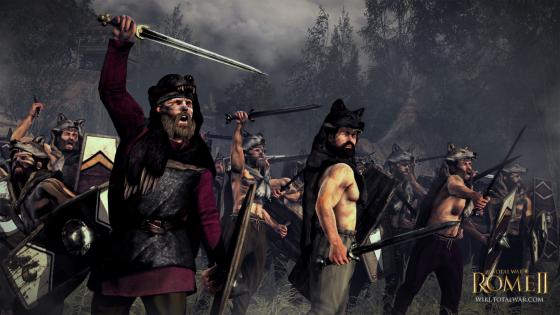
To further the strategic depth offered is the merging of naval and land battles; while previously they were entirely separate, now a combination of land and sea units can appear in a single battle. This is most commonly encountered in city battles, but potentially can occur anywhere where a sea force is close enough to interfere in a land battle. Managing a naval battle at sea whilst simultaneously commanding your ground units in a coastal fight is daunting, but entertaining, and success at sea can mean the difference between defeat and failure as the transport ships can be sent to shore to drop off valuable reinforcements.
All of this is very well presented, with the excellent graphics being accentuated by the individuality of troops in each force. When zooming in to see the fine detail each unit really does come across as being made up of a group of authentic individuals, rather than a blob of identikit soldiers. Sound too is excellent, with the roars of charging men, the clash of steel and the sounds of the dying all contributing to an immersive atmosphere of war. If any criticism can be levelled at the sound, it's the repetition in phrases when selecting characters on the campaign map; but that is a small complaint.
It must be noted that reports of bugs, crashes and technical issues have surrounded this games release. As prevalent as these appear to be, we cannot claim to have experienced much in the way of significant problems on our system - which is fairly powerful, but not top-of-the-line. While we appear to have gotten off lucky, The Creative Assembly do seem to have been quick to acknowledge these problems and are reportedly working round the clock to patch out the more serious issues as soon as possible.
One issue that we did encounter, however, that has been widely reported as a criticism is the relatively pacifistic AI on the campaign map. Whilst clearly not afraid of war, as evidenced by the few superpowers that did emerge during our campaigns, the AI does seem quite reluctant to declare war on the player-faction. It's not a huge problem and doesn't impact on enjoyment too much, although it does make the game slightly easier if you are the kind of player who would avoid picking a fight with a powerful rival.
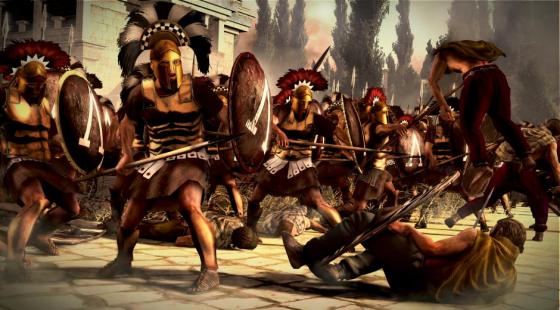
The main meat-and-bones of a Total War game is the single-player campaign, but it is worth noting that a number of different game modes exist to further your enjoyment. Multiplayer battles are available across a huge number of maps, in battles ranging from one-vs-one to four-vs-four. Custom battles, historical battles and an enjoyable prologue campaign (which also serves as a tutorial) are available. Finally, a co-operative campaign can be selected. While we didn't have the opportunity to substantially explore this mode, we will likely return to this in a future feature.
Total War: Rome II is an excellent and enjoyable addition to the franchise. The in-depth strategy and combat that has secured the success of the series remains as accomplished as ever and has been simultaneously expanded upon and simplified by introductions such as provinces and combined land/naval battles. Other new features, such as faction politics, are perhaps not as well rounded as they could have been, and reported technical problems have certainly marred the game's release. While Rome II may not be all it could have been, there is no denying that it provides a fantastic and in-depth strategic experience and it is worthy of the name 'Total War'.
Total War: Rome II (Reviewed on Windows)
This game is great, with minimal or no negatives.
While Rome II may not be all it could have been, there is no denying that it provides a fantastic and in-depth strategic experience and it is worthy of the name 'Total War'.





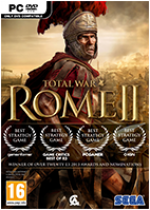







COMMENTS